Separate Supplier Fees¶
Overview¶
The only option for an Supplier to take on the fee for a Buyer is separate fees from the bidstream. A bid reduction model from BidSwitch is no longer supported. This will require the Supplier to adjust how they record and allocate the fees as they will be invoiced separately for the BSW fees at the end of the billing period.
There are several ways to do this depending on how the Supplier has their system set up, if the Supplier used to apply the bid reduction on their end, the Supplier may face a risk of discrepancy. The document here is not designed to show how to run this on the Supplier side that is for the engineering team at the Supplier to decide, but there are a few pitfalls that the Supplier could run into, and to highlight them with some context.
Potential Issues¶
The aim of this document is to identify any potential challenges, and the best way to do this without causing any issues.
Ensure you have just one value for the ${AUCTION_PRICE} macro and it is replaced everywhere you see it when sending back to BidSwitch
When adjusting from included to separate, be sure to adjust bid floors accordingly to support such a change.
As for discrepancy reporting, please send us your reporting with the fee included so that our discrepancy reporting and monitoring can be most optimal/accurate.
Warning
ENSURE THAT THE MACRO IS REPLACED WITH THE SAME VALUE EVERYWHERE
There are areas where the impression event may be present and need adjusting; they are described below.
Display¶
Fields that are likely to include an impression or billing event and have the auction price macro:
ADM field in the bid response, called client side - ensure that there is a method in place on your end to ensure that the correct value is updated and replaced when sending to the publisher or downstream.
nURL field - ensure that this is replaced when you call the nurl field back.
bURL firld - ensure that this is replaced when you trigger the burl.
Video¶
Video tracking utilizes two areas for impression tracking, the vast document which has tracking events for start and other quartiles, along with either a nurl or burl.
VAST document - will include <imp> within the documents these should not have any ${AUCTION_PRICE} macros contained within, but if they do replace the macro with the correct price.
nURL - ensure that this is replaced when you call the nURL event.
bURL - ensure that this is replaced when you trigger the bURL event.
Native¶
Native responses contain a variety of tracking options through either the bURL and nURL events and additionally the tracking array of either eventTrackers or impTrackers all of which may contain a tracking event with a price macro.
impTracking array
eventTracking array
nURL - ensure that this is replaced when you call the nURL event.
bURL - ensure that this is replaced when you trigger the bURL event.
Recording and tracking impressions and spend¶
When utilizing separate fees, the data you record for trading between BidSwitch and the Supplier should be for the full value with the fee included in the price that is recorded, especially for tracking discrepancy reports, this will ensure that the trading between BidSwitch and the Supplier is accurately reflecting the auction price and impression value amounts sent back to BidSwitch during trading and allow for discrepancy to be accurately tracked.
